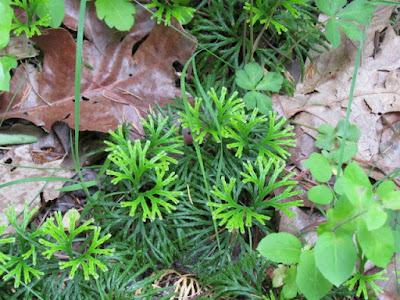When it comes to pollination, honeybees get a majority of the attention. However, many insects play a role in pollination.
What is
Pollination? Pollination occurs when pollen grains are moved between two
flowers of the same species, or within a single flower. There are many ways
that flowers are pollinated, including wind and animals.Black-Eyed Susan and Purple Coneflower
According to the website pollinator.org about 75% of all flowering plants rely on animal pollinators and over 200,000 species of animals act as pollinators. Of those, about 1,000 are hummingbirds, bats, and small mammals. The rest are insects such as beetles, bees, ants, wasps, butterflies, and moths.
Pollination is critical for many of our food crops. Hundreds of food plants are pollinated by bats. Other pollinators of our most colorful healthy foods include native bees, other insects, birds, moths, and butterflies, and more. Honeybees are not native here but are important pollinators of many of our food crops.
 |
| Coreopsis (yellow) and Penstemon (white) |
The goal is to have something flowering all
summer long. Examples in my yard include wild indigo and wild geranium that
bloom in early spring, followed by penstemon and coreopsis in early summer. By
mid-summer the black-eyed Susan’s and purple coneflowers are in full bloom. In
the fall, asters and goldenrod make a show.Wild Geranium
Typically, native plants require less care and can tolerate more of our weather extremes. However, I’ve found that some routine maintenance does help the garden perform better. This year I’ve tried very hard to deadhead individual flowers, which prolongs the blooming of many perennial plants. I’ve also cut some back when they are done flowering, which in many cases helps the plant foliage look more attractive for a longer period.
Try adding native pollinator plants to your gardens.
Originally Published in Canton Daily Ledger Column on 8-13-16









